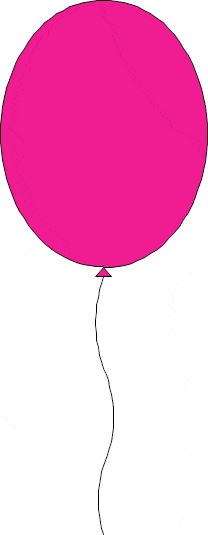| Author |
 Topic Topic  |
|
|
HMArnold

USA
23 Posts |
 Posted - Sep 15 2024 : 15:27:48 Posted - Sep 15 2024 : 15:27:48


|
I'm trying to draw simple shapes using the new TImageEnView environment in response to mouse movement.
In the old TImageEnVect you could add as many shapes or lines as you wanted, each with a handle that could be erased individually.
With the new TImageEnView, this code...
if TrgtC1 <> 0 then Image.LayersRemove(TrgtC1);
if TrgtC2 <> 0 then Image.LayersRemove(TrgtC2);
Rect.Create(Point(Vrtx.X-10,Vrtx.y-10),Point(Vrtx.X+10,Vrtx.Y+10));
TrgtC1 := Image.LayersAdd(iesEllipse, Rect, clRed, 3);
Rect.Create(Point(Vrtx.X-2,Vrtx.y-2),Point(Vrtx.X+2,Vrtx.Y+2));
TrgtC2 := Image.LayersAdd(iesEllipse, Rect, clBlue, 1);
Produces two concentric circles, but only erases one as the mouse moves.
Is there a single shape layer and all your shapes goes on that or is there supposed to be a different layer for each shape?
How do you add objects that have individually erasable handles?
I find lots of examples and demos with a single object, but none with two or more
Thanks
HM Arnold |
|
|
xequte
    
38531 Posts |
 Posted - Sep 15 2024 : 23:08:52 Posted - Sep 15 2024 : 23:08:52


|
Hi
The result of LayersAdd() is an index, so you shouldn't pass that to LayersRemove() if the indexes of your layers may change.
You should identify your layers in some way, e.g. with a name:
if TrgtC1 <> '' then
begin
ImageEnView1.LayersRemove( ImageEnView1.LayersNameToIndex( TrgtC1 ));
TrgtC1 := '';
end;
if TrgtC2 <> '' then
begin
ImageEnView1.LayersRemove( ImageEnView1.LayersNameToIndex( TrgtC2 ));
TrgtC2 := '';
end;
Rect.Create(Point(Vrtx.X-10,Vrtx.y-10),Point(Vrtx.X+10,Vrtx.Y+10));
ImageEnView1.LayersAdd( iesEllipse, Rect, clRed, 3 );
TrgtC1 := 'TempLayer_' + IntToStr( Random( 10000 ));
ImageEnView1.CurrentLayer.Name := TrgtC1;
Rect.Create(Point(Vrtx.X-2,Vrtx.y-2),Point(Vrtx.X+2,Vrtx.Y+2));
ImageEnView1.LayersAdd(iesEllipse, Rect, clBlue, 1);
TrgtC2 := 'TempLayer_' + IntToStr( Random( 10000 ));
ImageEnView1.CurrentLayer.Name := TrgtC2;
Nigel
Xequte Software
www.imageen.com
|
 |
|
|
HMArnold

USA
23 Posts |
 Posted - Sep 16 2024 : 07:14:16 Posted - Sep 16 2024 : 07:14:16


|
Thanks very much.
My use of two layers is because I haven't found anything about adding multiple objects to a single layer. Is there a way to do that?
If so, I can put everything on that layer and work with it all at once, even moving the entire layer with a MouseMove hopefully.
Is that possible?
If not, a triangle is always 3 layers with 3 names?
HM Arnold |
 |
|
|
xequte
    
38531 Posts |
 Posted - Sep 17 2024 : 00:54:19 Posted - Sep 17 2024 : 00:54:19


|
Hi
Not sure what you mean by a triangle being three layers. A triangle only requires one TIEShapeLayer or TIEPolylineLayer. If you need multiple shapes on a single layer, you could create a TIEPolylineLayer with a complex path (SVG type path with MoveTo, LineTo, CurveTo, etc):
http://www.imageen.com/help/TIEPolylineLayer.EnableComplexPath.html

Alternatively, you could use a "virtual layer", i.e. just draw the layer as required. Take a look at:
\Demos\LayerEditing\Layers_CustomDraw\LayersDraw.dpr
Or painted as it is sized:
\Demos\LayerEditing\SVGVectorLayers\SVGLayers.dpr
You can easily output your shapes to the Layer.Bitmap.IECanvas using the TIECanvas methods like:
http://www.imageen.com/help/TIECanvas.AdvancedDrawShape.html
Nigel
Xequte Software
www.imageen.com
|
 |
|
| |
 Topic Topic  |
|
|
|